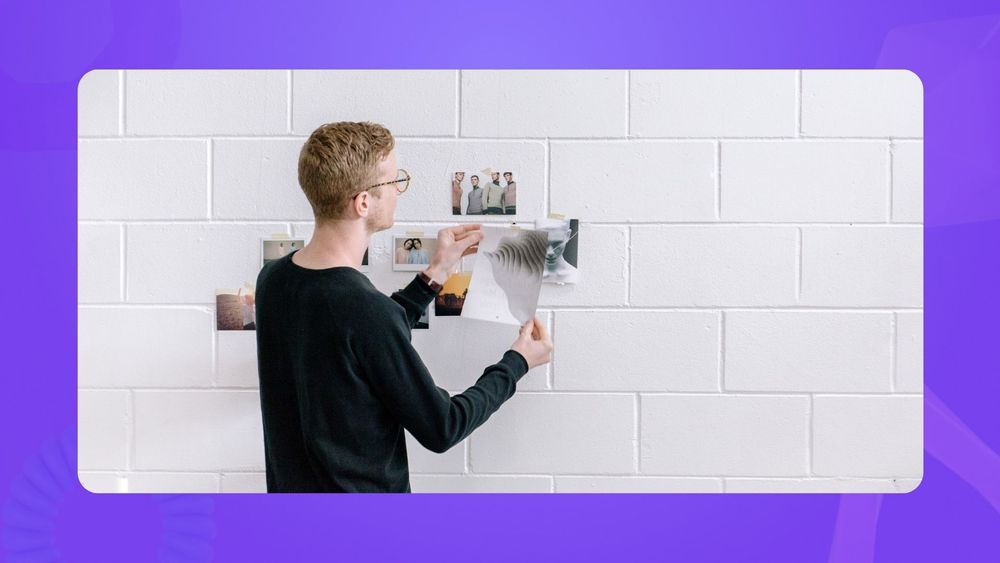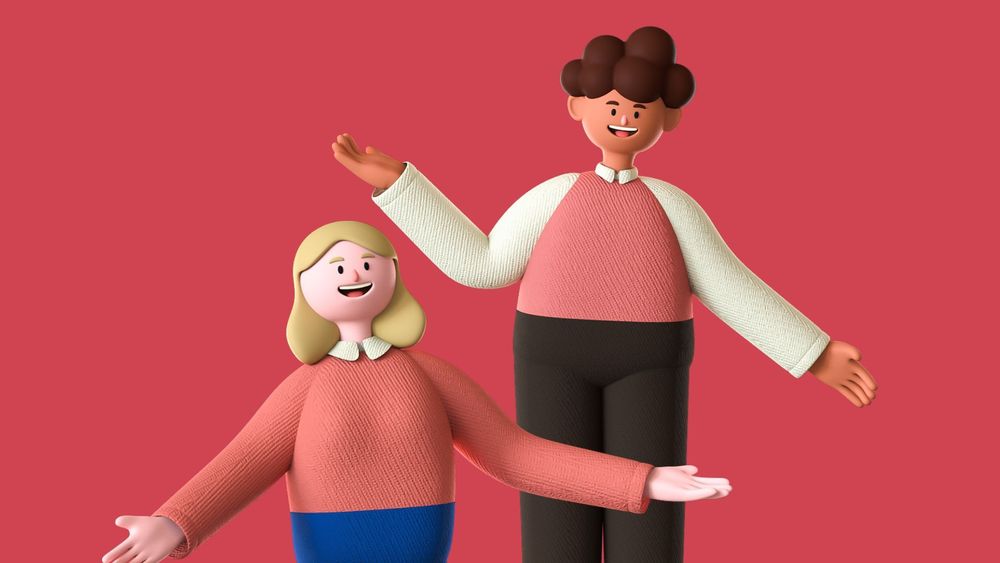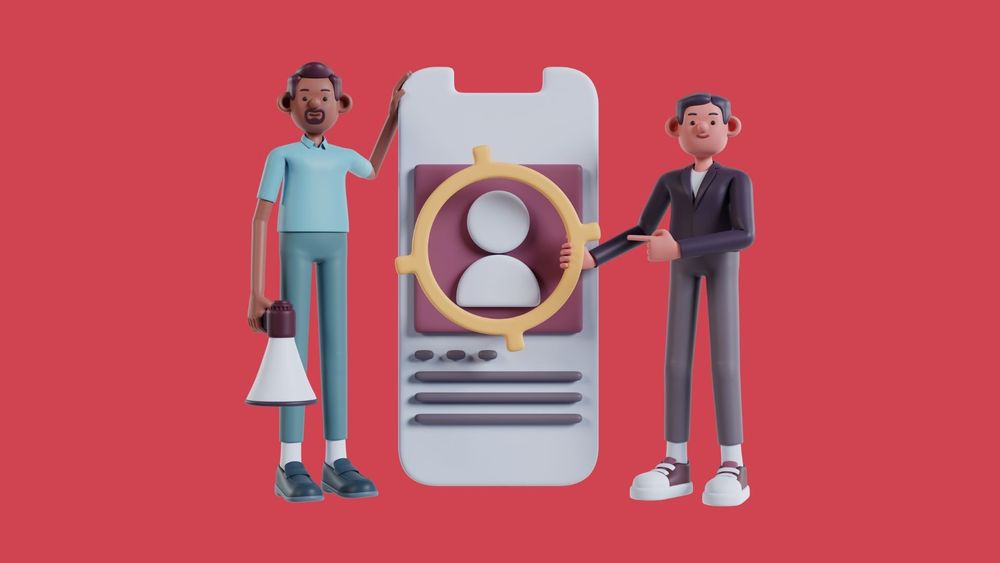Are you someone with a strong passion for art and design? Do you have a knack for leading creative projects and bringing ideas to life?
If so, then becoming a creative director might be the perfect career path for you.
In this article, we will explore what does a creative director do, how to become one and the salary potential in this role.
What Does a Creative Director Do?
A creative director is responsible for overseeing and managing the overall creative vision and direction of a project or company. They are involved in all aspects of the creative process, from conception to execution.
Some common tasks that a creative director may be responsible for include:
Developing and implementing creative strategies
Leading brainstorming sessions and developing ideas for projects
Collaborating with other team members to bring ideas to life
Providing feedback and guidance on design work
Managing budgets and timelines for projects
Conducting market research and staying up-to-date with industry trends
Building relationships with clients and stakeholders
In addition to these responsibilities, a creative director also plays a key role in maintaining the overall brand identity and ensuring that all creative work aligns with the company's vision and values.
Download illustrations for your work presentations and resume
How to Become a Creative Director
1. Develop Your Skills in Art and Design
As a creative director, having a strong background in art and design is essential.
This includes not only technical skills, but also a solid understanding of graphic design, aesthetics, color theory, and composition.
Consider pursuing formal education in art, design, or a related field to develop and hone your skills. You can also build your skills through self-study and practice.
2. Gain Experience in the Creative Industry
To become a creative director, you need to have a deep understanding of the creative process and industry.
Starting out as an entry-level designer or working in a related role such as graphic designer, copywriter, or marketing specialist is a good idea.
This will give you the opportunity to learn from experienced professionals and gain valuable hands-on experience.
3. Develop Leadership Skills
Creative directors are not only responsible for their own work, but also for managing and leading a team of creatives.
Developing strong leadership skills is crucial to succeed in this role.
Learn to communicate effectively, provide constructive feedback, and inspire and motivate your team.
4. Network and Build Connections
Building relationships with industry professionals can open up opportunities for advancement in your career.
Attend conferences, join professional organizations, and participate in networking events to meet other creatives and potential employers.
You can also build connections through social media platforms like LinkedIn or by reaching out directly to companies you are interested in working for.
5. Keep Up with Trends and Technology
The creative industry is constantly evolving, and as a creative director, it's important to stay current with the latest trends and technology.
This includes being familiar with design software, digital platforms, and emerging technologies in your field.
Continuously learning and adapting to new techniques will not only keep you relevant, but also help you stand out as a leader in your industry.
6. Understand the Business Side
A successful creative director needs to have a good understanding of the business side of things.
This includes knowledge of marketing strategies, budgeting, and client relations.
By understanding the business aspect of your role, you can better align creative ideas with the company's goals and objectives.
What Skills Do You Need to Become an Creative Director?
In order to become a successful creative director, you need to have a combination of both technical and soft skills.
Technical skills encompass a range of proficiencies, such as expertise in design software, staying informed about industry trends and technology advancements, and having a comprehensive understanding of the production process. These skills collectively contribute to a well-rounded and capable professional in the field.
Soft skills are equally important, as they allow an individual to effectively communicate and collaborate with team members, clients, and stakeholders. Strong leadership skills, problem-solving abilities, and the ability to think creatively are all essential qualities for a creative director.
Being able to effectively manage a team and communicate ideas clearly is crucial for the success of any creative project. Additionally, having a strong sense of organization and time management is necessary to meet tight deadlines and deliver high-quality work.
How Much Does a Creative Director Make?
Creative directors are highly skilled and experienced professionals, and their salaries reflect that.
The average salary for a creative director in the United States typically ranges from $122,496 to $171,231 per year. However, this can vary based on factors such as industry, location, and years of experience.
With more experience and a proven track record of success, creative directors can earn six-figure salaries and even higher in some cases.
Salaries may also include bonuses and other incentives based on performance.
Conclusion
Being a creative director requires a combination of artistic talent, leadership skills, and business savvy.
It's a demanding but rewarding career path for those who are passionate about creativity and have the drive to succeed.
With dedication and hard work, you can make your mark as a successful creative director and lead your team to produce innovative and impactful work.
Remember to always stay curious, open-minded, and adaptable in this ever-changing field of creativity.




